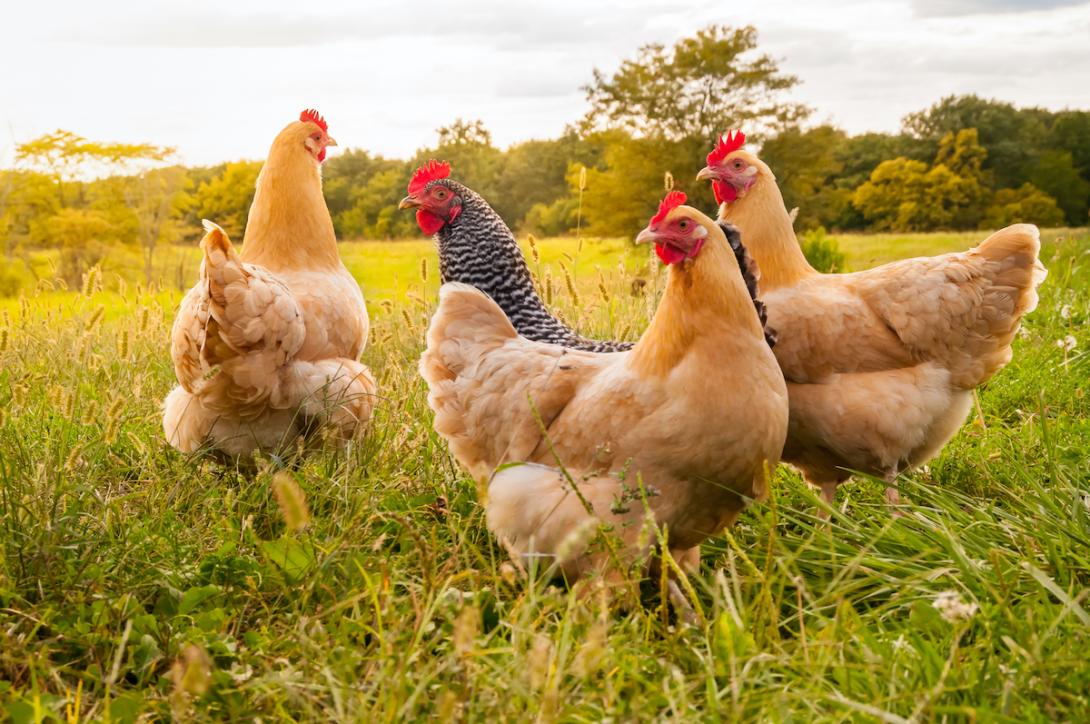
If a baby’s on the way, consider a new place for your chickens to lay.
That is Dr. Paul Cieslak’s advice after publishing results from an investigation of a Salmonella outbreak last year in Oregon in which a baby boy was readmitted to the hospital for treatment just days after his birth after showing symptoms of lethargy and bloody stool.
Significantly, the infant had not touched a chicken or been anywhere near a chicken bearing the common bacteria. In fact, he was born at a hospital 150 miles away from the chickens bearing the bacteria.
The case shows the risks of Salmonella are far greater for infants, and extra care should be taken to protect them, said Cieslak, the public health medical director for communicable diseases and immunizations at the Oregon Health Authority.
A study detailing the investigation of the baby’s infection was published in the April 11 edition of the Centers for Disease Control and Prevention’s Morbidity and Mortality Weekly Report (MMWR) by a group of authors that included Cieslak and some of his OHA coworkers, as well as a Crook County epidemiologist.
The risk to infants posted by chickens is so significant that chicken-owning families that are expecting or have a newborn may want to relocate their flocks until the baby’s immune system is developed enough to withstand the risks of infection, Cieslak said.
The big risk is the bacteria jumping into the infant’s bloodstream, causing bacteremia and even sepsis.
“You don’t want bacteria in your blood,” Cieslak said. “That's what can cause you to just drop your blood pressure suddenly. That's sepsis.”
Backyard chickens are popular both in rural and urban areas in Oregon, he said, but he suspects Oregon’s relatively high rate of Salmonella outbreaks shown in past surveys is caused by better reporting, not more cases.
But in any event, some families are not aware that the risks to a baby don’t even require the infant to touch a chicken — or even be near it.
In the case studied for the federal public health report, the baby was discharged to a relative’s home, not to the home where the chickens lived. But he was infected anyway.
The parents had no symptoms of Salmonella infection, let alone a diagnosis.
But the father, who’d been present at the birth and stayed with the baby at the relative’s home after the birth, had a flock in which follow-up testing found Salmonella that had previously been undetected.
“It’s possible one of the parents was shedding the organism even though they weren’t showing symptoms and exposed the baby during or after his birth,” Cieslak said.
“The bacteria also could have been carried from the family home to the newborn on clothes, shoes or other belongings. Once it’s on surfaces, it can be transported and transmitted fairly easily,” he added.
According to the Centers for Disease Control, chicken owners should:
- Wash hands with soap and water after touching chickens, their eggs or anything in the area where they live.
- Don’t drink or eat around them
- Collect eggs often to limit the spread of germs
- Don’t let children younger than 5 years old touch poultry
- Call a provider immediately if experiencing symptoms including severe or bloody diarrhea, severe vomiting and a fever higher than 102°F.